As urbanization continues to spread across the globe, the challenge of managing wastewater in residential areas has grown exponentially. A residential sewage treatment plant (STP) offers an effective solution for treating domestic sewage, ensuring the water can be safely reused or discharged into the environment. This blog explores what residential sewage treatment plants are, their importance, and why they are becoming an essential component in modern housing projects.
Importance of Sewage Treatment Plants (STPs) in housing societies?
The importance of Sewage Treatment Plants (STPs) in housing societies cannot be overstated, especially as urbanization continues to rise, and the demand for sustainable infrastructure grows. Here’s a detailed look at why STPs are crucial for housing societies:
- Environmental Sustainability: STPs in housing societies recycle wastewater, reducing the demand for fresh water and preventing water pollution. They also help improve sanitation and eliminate foul odors, promoting cleaner and healthier environments.
- Cost Savings: By reusing treated water for non-potable purposes, housing societies can significantly lower water bills. STPs also reduce reliance on external waste management systems, saving costs in the long run.
- Regulatory Compliance: Installing an STP in housing society helps meet government regulations on sewage treatment and achieve sustainable living certifications like LEED, increasing property value.
- Health and Safety: STPs in housing societies eliminate harmful bacteria and pathogens, reducing the risk of waterborne diseases and improving public health, especially in high-density areas.
- Long-Term Investment: STPs enhance property value and living quality, making housing societies more attractive to buyers and investors.
- Energy Efficiency: Modern STPs are energy-efficient and can use renewable energy, helping societies reduce their dependence on external power sources.
- Social Responsibility: STPs demonstrate a commitment to sustainability, improving a society’s image and appeal to eco-conscious residents.
In short, STPs in housing societies are a smart investment, ensuring cleaner, healthier environments, cost savings, and regulatory compliance while contributing to a sustainable future.
Here’s a comparison table that outlines the key differences between traditional sewage treatment systems and packaged sewage treatment plants (STPs), with a focus on the benefits of sustainable sewage systems, such as water conservation and lower energy use.
Feature | Traditional Sewage Treatment Systems | Packaged Sewage Treatment Plants (STPs) |
Installation Cost | High initial cost due to the need for large infrastructure and land. | Lower installation cost; designed for smaller, modular spaces. |
Space Requirement | Requires large space for treatment facilities and storage tanks. | Compact and modular; suitable for limited space in housing societies. |
Energy Consumption | High energy use for pumping, aeration, and chemical treatments. | Energy-efficient; designed to minimize power usage. |
Maintenance | High maintenance costs and frequent need for skilled labor. | Low maintenance; designed for ease of operation and minimal oversight. |
Water Recycling | Limited ability to recycle treated water for non-potable use. | High potential for water recycling (gardens, flushing, irrigation). |
Environmental Impact | Higher environmental impact due to energy consumption and large waste volumes. | Lower environmental impact; more eco-friendly with reduced energy usage. |
Treatment Efficiency | Effective, but can be slower and less flexible in high-density areas. | Highly efficient, fast treatment with minimal chemical use. |
Compliance with Regulations | May require complex modifications to meet newer environmental standards. | Easily complies with environmental regulations and green building standards. |
Operational Flexibility | Limited flexibility, often overworked in high-density residential areas. | Highly adaptable to varying loads and changing water quality. |
Water Conservation | Limited ability to conserve water, relies on fresh water sources. | High water conservation potential through the reuse of treated water. |
Carbon Footprint | Larger carbon footprint due to energy-intensive processes. | Smaller carbon footprint, thanks to energy-efficient operations. |
Sustainability | Often not considered sustainable due to resource use and waste disposal. | Designed to be a sustainable sewage system, promoting eco-friendly living. |
What Is a Residential Sewage Treatment Plant?
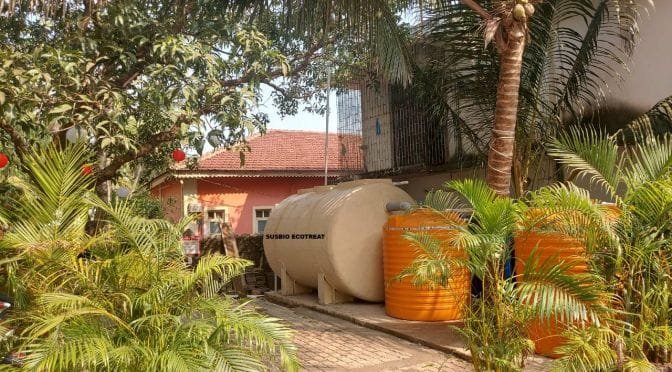
A residential sewage treatment plant is a system designed to treat wastewater generated in homes, apartments, or residential complexes. It processes sewage through various biological, physical, and chemical methods to remove contaminants, resulting in treated water that meets environmental standards.
Key components of a residential STP include:
Primary Treatment: Removal of large solids and debris.
Secondary Treatment: Biological treatment to break down organic matter using microorganisms.
Tertiary Treatment: Advanced filtration and disinfection to ensure the water is safe for reuse or discharge.
Why Do Residential Areas Need Sewage Treatment Plants?
Residential areas generate a significant amount of wastewater daily, which, if not treated, can lead to severe environmental and health hazards. Here are the key reasons why STPs are crucial for residential areas:
Environmental Protection: Properly treated sewage reduces pollution in rivers, lakes, and groundwater sources.
Compliance with Regulations: Governments and local authorities mandate wastewater treatment to meet environmental norms.
Water Reuse: Treated water can be reused for landscaping, flushing, and other non-potable purposes, conserving freshwater resources.
Community Health: Effective sewage treatment minimizes the risk of waterborne diseases.
Key Benefits of Packaged STPs over Traditional Systems:
- Water Conservation: Packaged STPs recycle treated wastewater for use in landscaping, toilets, and other non-potable applications, reducing reliance on fresh water.
- Energy Efficiency: Packaged STPs use advanced technology to minimize energy consumption, making them more eco-friendly and cost-effective in the long run.
- Lower Environmental Impact: Due to their compact design and energy-efficient systems, packaged STPs have a smaller carbon footprint and contribute less to pollution and waste.
- Cost-Effectiveness: With lower installation and maintenance costs, packaged STPs offer better financial value for residential and commercial projects.
- Sustainability: By incorporating green building standards, packaged STPs help real estate developers align with eco-friendly goals and certifications like LEED.
This table should help clarify the key advantages of sustainable sewage systems and packaged STPs over traditional systems, making it clear how these solutions contribute to water conservation, lower energy use, and a smaller environmental footprint.
Types of Sewage Treatment Technologies for Residential Use
Several advanced technologies are available for residential sewage treatment, each tailored to specific needs and site conditions:
Activated Sludge Process (ASP): A widely used method involving aeration and biological treatment.
Sequential Batch Reactor (SBR): Ideal for residential areas due to its compact design and efficiency in treating high organic loads.
Moving Bed Biofilm Reactor (MBBR): Known for its low maintenance and adaptability to varying wastewater flows.
Membrane Bioreactor (MBR): Combines biological treatment with membrane filtration for superior water quality.
Packaged STPs: Prefabricated units like SUSBIO ECOTREAT, designed for easy installation, operation, and maintenance.
Factors to Consider When Choosing a Residential STP
Selecting the right STP involves evaluating multiple factors to ensure optimal performance:
Capacity: Determine the STP size based on the number of residents and daily water usage.
Space Availability: Opt for compact systems if land is limited.
Energy Efficiency: Choose systems with low operational costs.
Maintenance Requirements: Select technologies that are easy to maintain and have reliable service support.
Compliance: Ensure the STP meets local regulatory standards.
Why Choose SUSBIO for Residential Sewage Treatment?
SUSBIO is a leader in manufacturing and supplying cutting-edge sewage treatment solutions tailored for residential projects. With their flagship product, SUSBIO ECOTREAT, they offer:
Innovative Design: Compact and prefabricated for easy installation.
Advanced Treatment: Dual-treatment processes for superior performance.
Durability: High-quality materials with a long lifespan.
Cost Efficiency: Affordable solutions with low operating costs.
Sustainability: Eco-friendly processes that align with global green standards.
Benefits of Installing a Residential STP
Cost Savings: Reduces water bills by reusing treated water for non-potable purposes.
Enhanced Property Value: Modern sewage systems are a selling point for residential properties.
Eco-Conscious Living: Promotes sustainable water management.
Regulatory Compliance: Avoids penalties and ensures smooth operation of residential projects.
Conclusion
Residential sewage treatment plant model is not just a regulatory requirement but a necessity for sustainable urban living. With the growing emphasis on environmental conservation and water management, installing an efficient STP is an investment in the future. SUSBIO’s expertise in designing innovative and reliable wastewater treatment plant process systems makes them the ideal partner for residential wastewater solutions.
Choose SUSBIO ECOTREAT for your residential STP needs and experience the benefits of advanced technology, cost efficiency, and sustainability. Contact SUSBIO today to learn more about their customized sewage treatment solutions. provided by a leading sewage treatment plant manufacturer in Gurgaon.


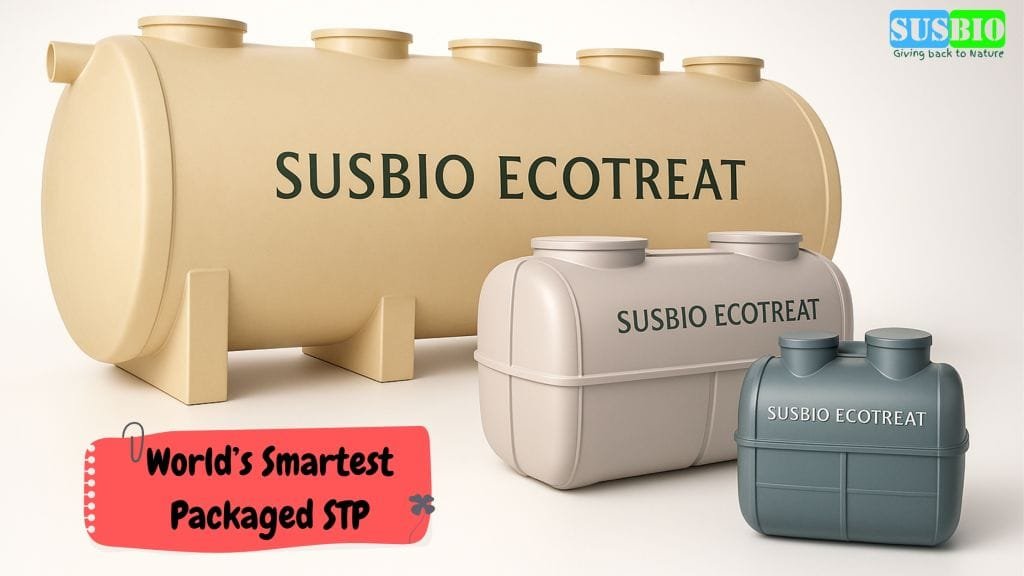
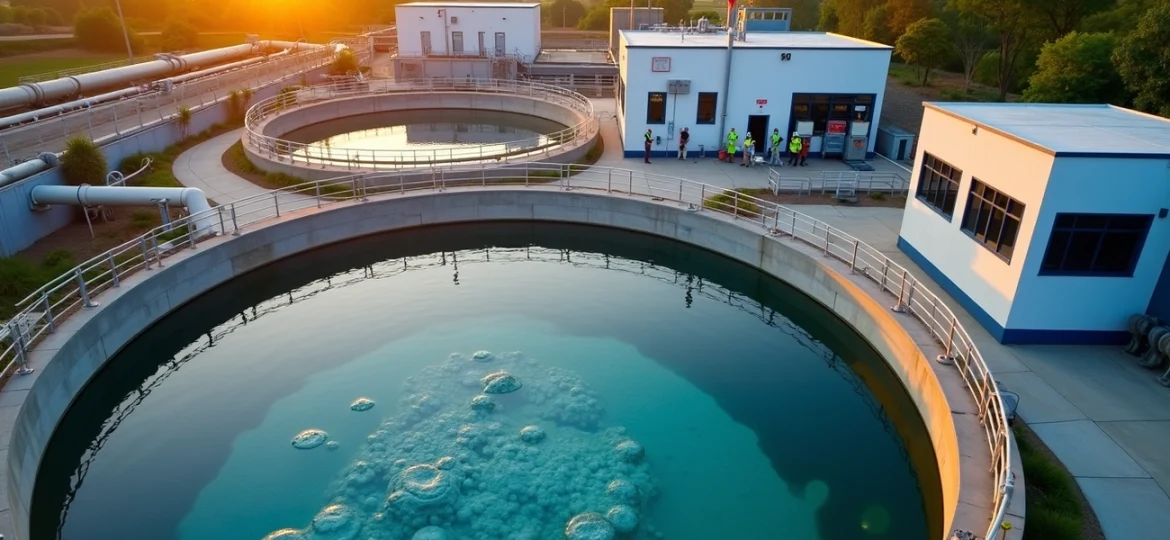
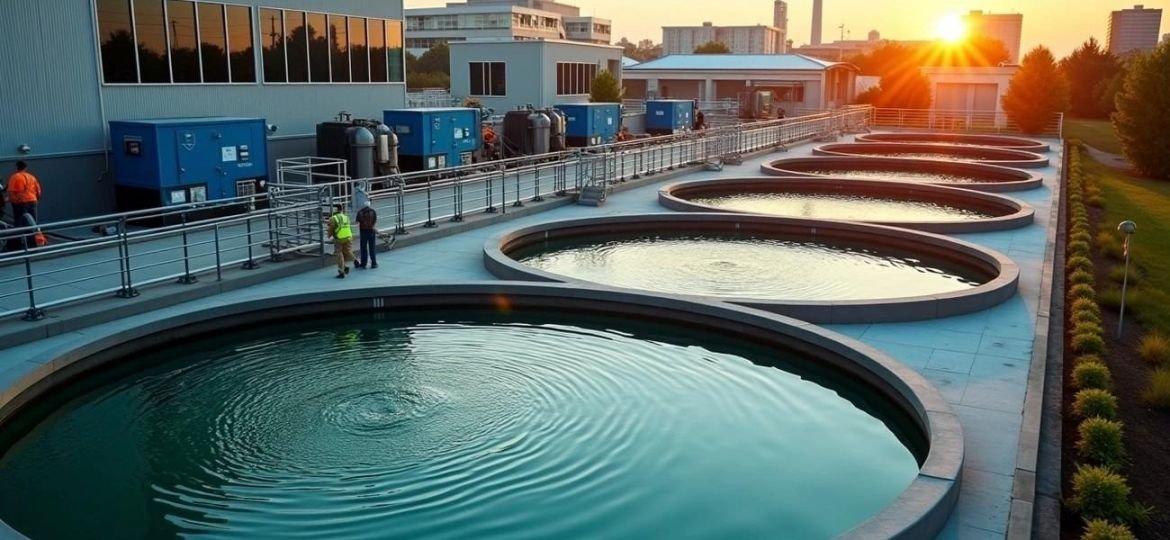
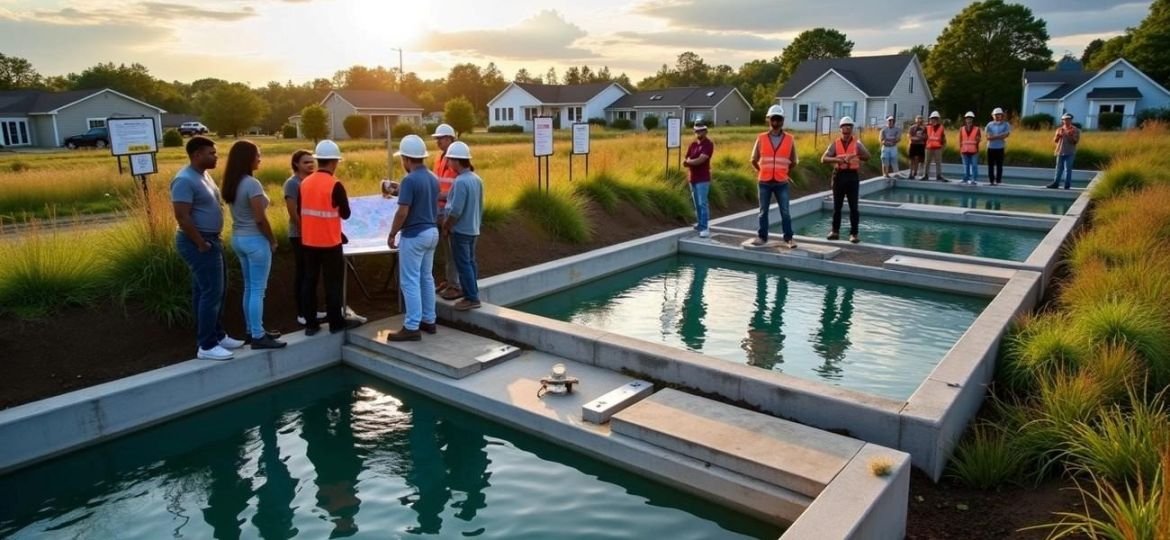

6 Comments
[…] in India, where urbanization and population growth continue to place stress on the environment. Residential sewage treatment plant (STP) offer an efficient solution for treating wastewater, ensuring compliance with environmental […]
[…] high-quality FRP packaged sewage treatment plant can revolutionize wastewater management for residential complexes, commercial establishments, and industrial facilities. With increasing environmental concerns and […]
[…] Savings: A well-designed Residential STP reduces sewage disposal costs by eliminating the need for external sewage tankers and centralized […]
[…] As urbanization accelerates, residential developers face increasing challenges in managing wastewater efficiently. Sewage treatment plants (STPs) have become essential for residential projects, ensuring compliance with environmental regulations, promoting water reuse, and enhancing property value. This article explores the benefits of STPs for residential developments, highlights advanced technologies like SUSBIO ECOTREAT, and provides insights into why they are a must-have for modern housing projects. […]
[…] increasing urbanization and stricter environmental norms, the demand for advanced and reliable STP for Residential and Industrial Projects has never been […]
[…] urban populations grow and environmental awareness increases, sustainable and efficient residential wastewater treatment solutions have become essential. Modern homes demand systems that not only ensure public health […]